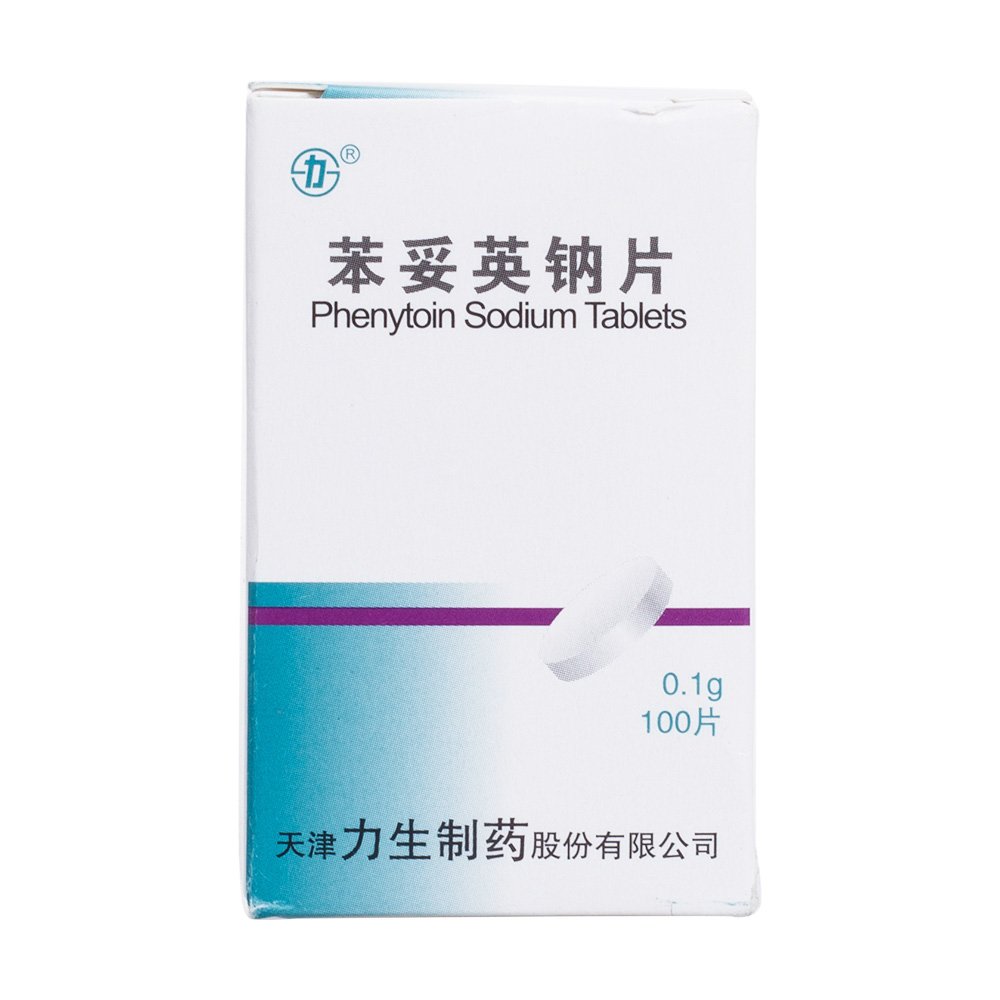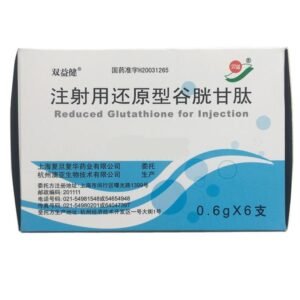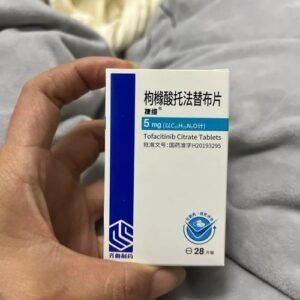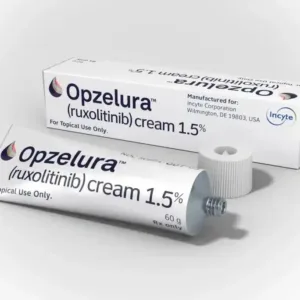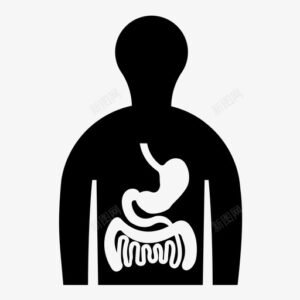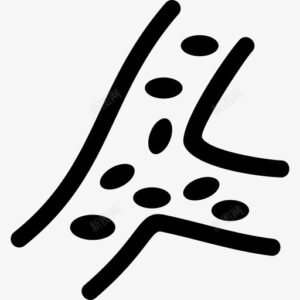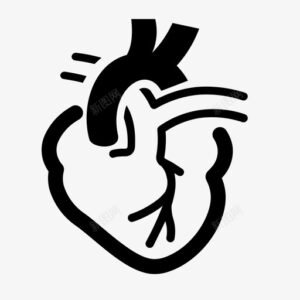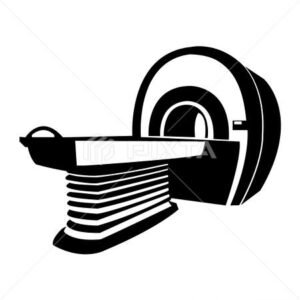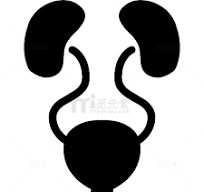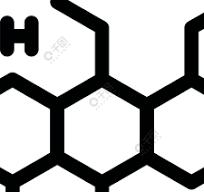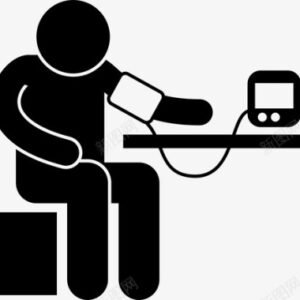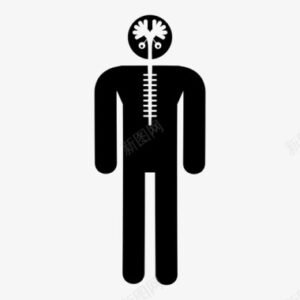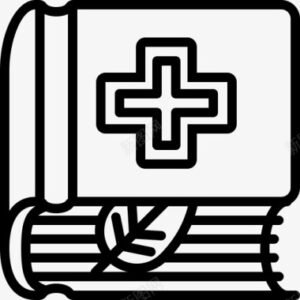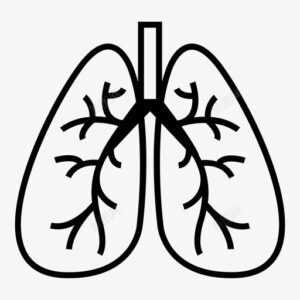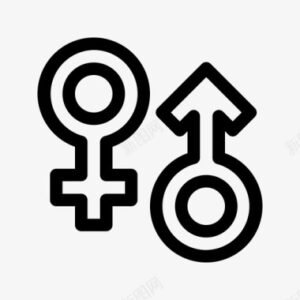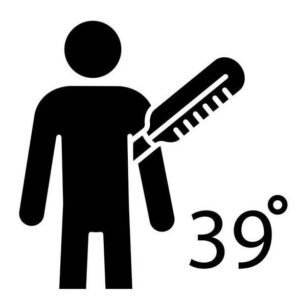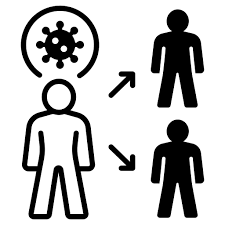Phenytoin Sodium Tablets
Effects and efficacy:
Used to treat generalized tonic-clonic seizures, complex partial seizures (psychogenic seizures, temporal lobe epilepsy), simple partial seizures (localized seizures) and status epilepticus. Used to treat trigeminal neuralgia, paroxysmal choreoathetosis, paroxysmal control disorders (behavioral disorders including anger, anxiety and insomnia due to excessive excitement), and myotonia. It also has anti-tachycardia effects.
Usage and dosage:
Oral dosage form 1. Common dosage for anti-epileptic adults: 250-300 mg per day. Start with 100 mg once, twice a day, and increase to 250-300 mg per day in the next 1-3 weeks, divided into 3 doses. The maximum dose is 300 mg once and 500 mg per day. If the seizures are frequent and the effective blood concentration needs to be reached quickly, 12-15 mg/kg can be taken on the first day according to body weight, divided into 2-3 doses, once every 6 hours; starting from the second day, 100 mg (or 1.5-2 mg/kg according to body weight) is given 3 times a day until the optimal dose is adjusted. Please follow the doctor’s advice for details. Common dosage for children: Start with 5 mg/kg per day, divided into 2-3 times, adjust as needed, and do not exceed 250 mg per day. The maintenance dose is 4-8 mg/kg or 250 mg/m2 of body surface area, divided into 2-3 times. If conditions permit, blood drug concentration monitoring can be performed. Please follow the doctor’s advice for details. 2. Commonly used for antiarrhythmic adults: 100-300 mg (1-3 tablets), single or divided into 2-3 times; or 10-15 mg/kg on the first day, 7.5-10 mg/kg on the 2nd to 4th day, and maintenance dose of 2-6 mg/kg. Please follow the doctor’s advice for details. Common dosage for children: Start with 5 mg/kg of body weight, divided into 2-3 times orally, and adjust the daily dose to no more than 300 mg according to the condition, and the maintenance dose is 4-8 mg/kg, or 250 mg/m2 of body surface area, divided into 2-3 times orally. Please follow the doctor’s advice for details. Note: To reduce gastrointestinal reactions, it should be taken immediately after meals or with milk. Intravenous dosage form (5% glucose injection 20-40ml slow intravenous injection) 1. Common dosage for anticonvulsant adults: 150-250mg, no more than 50mg per minute, 100-150mg can be injected again after 30 minutes if necessary, and the total amount per day shall not exceed 500mg. Please follow the doctor’s advice for details. Common dosage for children: intravenous injection of 5mg/kg or 250mg/m according to body surface area, once or twice. Please follow the doctor’s advice for details. 2. Common dosage for antiarrhythmic adults: To stop arrhythmia, slowly inject 100mg intravenously for 2-3 minutes, repeat every 10-15 minutes as needed until the arrhythmia stops, or until adverse reactions occur, and the total amount shall not exceed 500mg. Please follow the doctor’s advice for details. Note: The dosage of this product needs to be individualized. A few patients may experience poisoning symptoms when taking up to 150mg, and many patients experience poisoning symptoms when taking 300mg orally per day. Appropriate reduction in dosage can achieve the therapeutic purpose and eliminate the poisoning symptoms. Therefore, the daily dosage commonly used by Chinese people is between 250-300mg, and some patients may increase the dosage appropriately. When deciding to stop taking the drug, the dosage should be gradually reduced to avoid more frequent epileptic seizures or even a persistent state.
Drug contraindications:
Allergic to this product is prohibited. Alcohol is prohibited during pregnancy. Use with caution. Use with caution in patients with liver and kidney dysfunction
Related dosage forms:
Tablets
Share:
Products
Our offers
Health Classification
Let us work together to protect precious health

